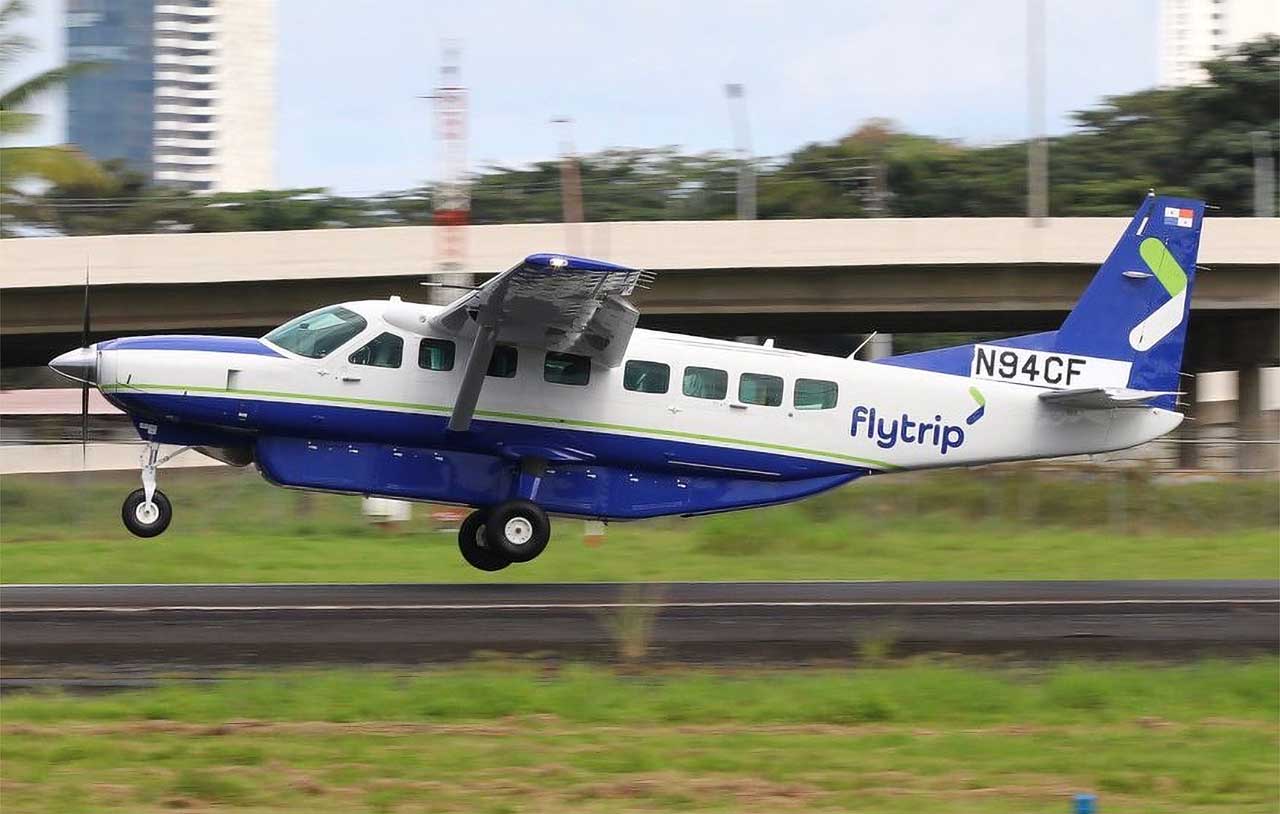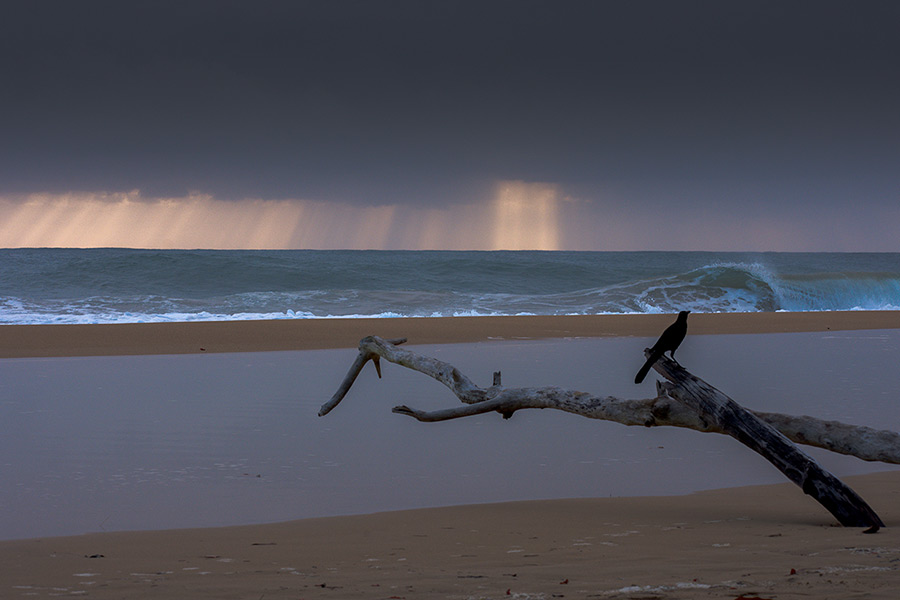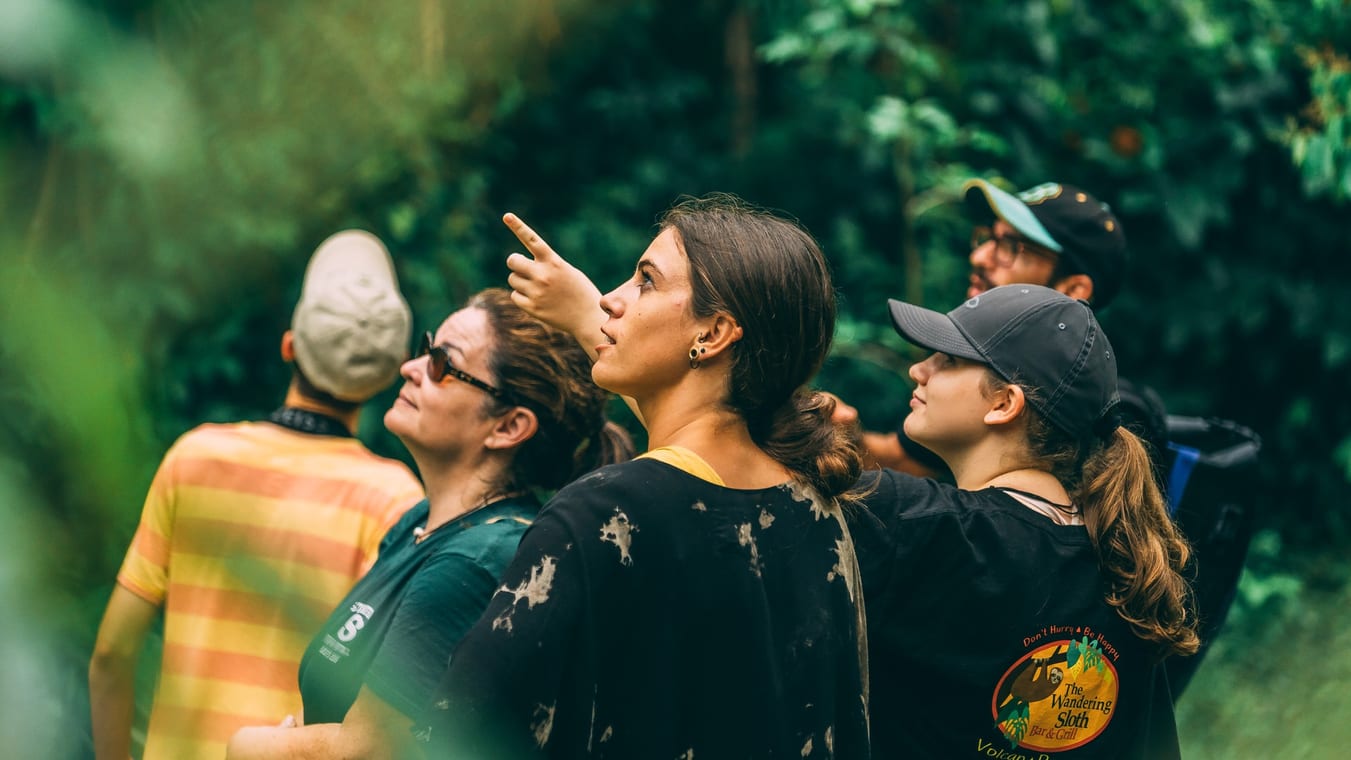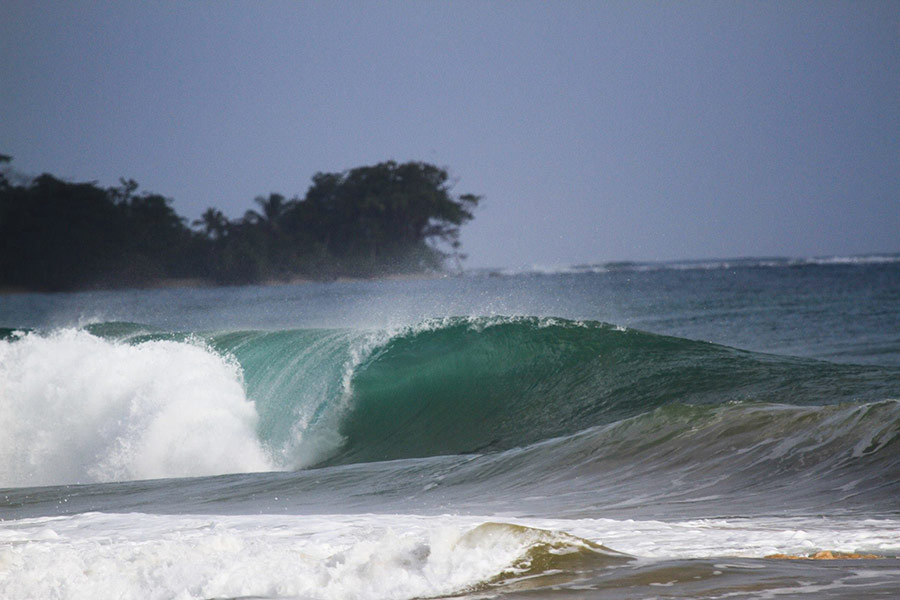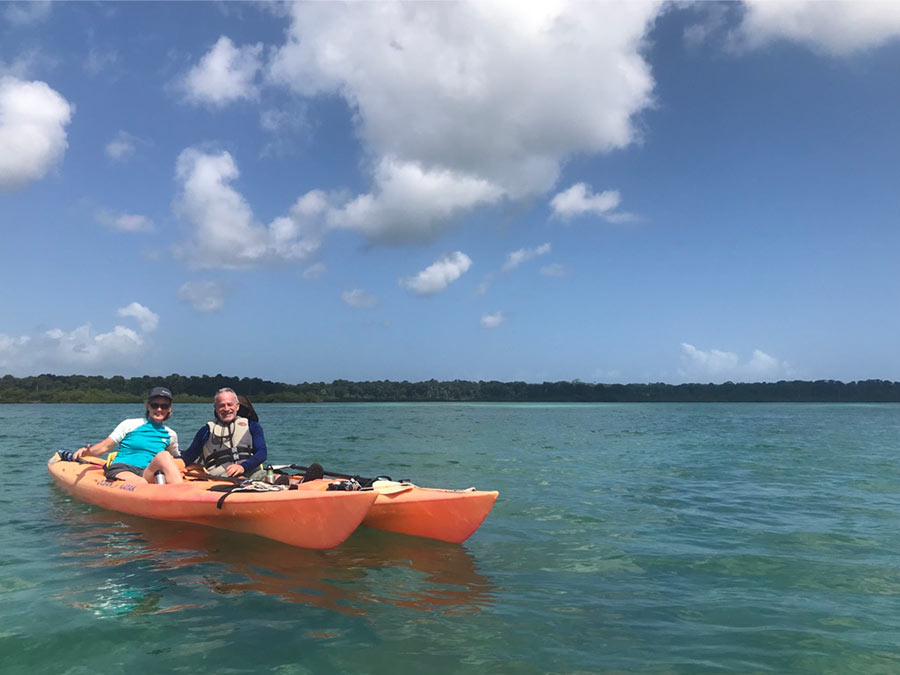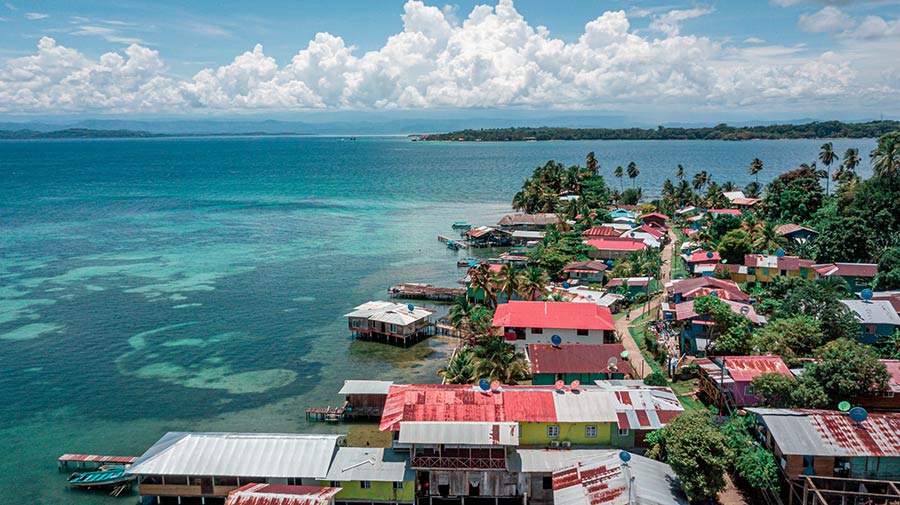Plan Your Trip
Frequently Asked Questions about Bocas del Toro
Essential traveling tips when visiting Bocas del Toro, Panama
Take the pain out of planning your holiday with these useful travel tips.
When should I visit Bocas del Toro?
Bocas del Toro is a tropical destination and tends to have more rain than other parts of Panama. This is what keeps Bocas green and full of life. December and January as well as June through August are surfing season. Surf season is wetter than the rest of the year however this season rarely produces enough rain to ruin a vacation. The sea is also more active rough during these months, which is perfect for surfers, but may decrease visibility for divers or beach loungers.
The first dry season runs from February through May and during this period it is not uncommon to miss the raindrops all together. The driest and sunniest months of the year are in September and October, where divers and beach-goers will be treated with high visibility and blue skies. However, since we are in the tropics, short storms can come and go at any time. The great part about this tropical positioning though, is that we enjoy warm temperatures and light ocean breezes all year round.
Remember to pack a light rain jacket or a small umbrella so that you are prepared for whatever the weather presents.
Make sure to bring a sweater. Even though we are in the Caribbean, you will be surprised as to how chilly it can get on those rainy days. Sunblock, large hats, and long-sleeve shirts will protect you from the sun. Bocas specializes in roasting those visitors who say, “I don’t burn, I just get a tiny bit pink, and then it turns into a tan.”
Mosquito repellent is a must. The chitras, tiny little biting flies that pack a wallop, have trouble getting through a layer of coconut oil. So stop by a local store to buy some and shine yourself up before hitting the beaches.
Light rain jackets or umbrellas are beneficial to keep the body dry. When you walk or boat around on rainy days, carry a sturdy plastic bag for your sensitive items.
Make sure you pack the right attitude. Remember, you are in the Caribbean on island time. Things may take longer to happen, plans may change, it may rain, and the ATM, the electricity, the internet, and even the water service could run out on you at times. This is all part of your adventure, so take it as the material for a good story, and you will enjoy your stay a lot more.
Banks? Traveler checks? Credit cards? How should I carry money around Bocas?
There is one bank here and three ATMs. Major credit cards are only accepted in many restaurants, hotels, and stores. Panama uses the U.S. dollar as its currency, and it’s better to always carry cash around in a safe place, and try to travel with small bills.
How do I arrive to Bocas del Toro?
There are two ways to arrive:
By plane:
Trip Aereo operates from its hangars at Tocumen International Airport and International Airport Marcos A. Gelabert in Albrook.
Air Panama from Albrook Airport in Panama City has two flights daily. During high season there are frequently additional flights.
Blue Skies Panama: is a private charter flight company that also has vacation packages and tours in Bocas del Toro.
By bus:
From Panama City: There are direct buses from Panama City that leave 2 to 3 times per day from Albrook Terminal and stop at the bus stop in Almirante. From the bus stop in Almirante, you will need to take a taxi to the water taxis and then take a water taxi to Isla Colon. Don’t forget to bring a decent jacket or blanket; these buses are famous for turning up the AC to the point of refrigeration.
From David, Chiriqui: There are also regular buses that leave David, Chiriqui, about every hour from the bus terminal to the bus stop in Almirante. From the bus stop in Almirante, you will need to take a taxi to the water taxis and then take a water taxi to Isla Colon.
From San Jose, Costa Rica, the bus traveling to Bocas del Toro leaves from in front of the Hotel Cocorí in downtown San Jose just half a block from the Alfaro Bus Terminal at 9AM every day. The bus takes you to Changuinola. You will have to walk across the Sixaola bridge and pass immigration on both the Costa Rican side and the Panamanian side of the border, but you will not have to take your luggage off the bus. From Changuinola, you can either take a bus or a taxi to Almirante. Then take a water taxi to Isla Colon. There are also private shuttle services that can bring you from Costa Rica to Bocas del Toro every day.
Panamanian entry requirements can be difficult to pin down. Government officials may say something different from the government website, and some rules seem to be in constant flux. That said, the website for Panama’s immigration and naturalization office usually has the most up-to-date information. Before you travel to Panama, check it for visa and other entry requirements.
Citizens of the following countries only need a passport to enter Panama: Argentina, Australia, Austria, Belgium, Canada, Chile, Colombia, Costa Rica, Cyprus, the Czech Republic, Denmark, Estonia, Finland, France, Germany, Great Britain, Greece, Hungary, Iceland, Ireland, Israel, Italy, Japan, Luxembourg, Mexico, the Netherlands, New Zealand, Norway, Poland, Portugal, Slovakia, South Korea, Spain, Sweden, Switzerland, Singapore, Taiwan, and the United States. It is important to note, however, that this list can change. Check with your home embassy for the current requirements before traveling.
Panama National Migration Service: https://www.migracion.gob.pa/
Bocas del Toro Events
Bocas del Toro hosts many cultural events. Here are some worth mentioning:
Bocas del Toro International Sea Fair is an annual event held each September. Locals enjoy the fair for its cuisine, cultural events, boat races, and fair rides.
Bocas del Toro and Bastimentos Founders Days are celebrated in November. November is the patriotic month in Panama. It is when Panama celebrates most of its national holidays such as independence from Spain, separation from Colombia, and the founding of Bocas del Toro and Isla Bastimentos. On November 16th, bands from around the province of Bocas del Toro come to march down the streets throughout the day and into the night. On November 23rd, Bastimentos celebrates this district’s foundation with marching bands, music, and local cuisine.
Carnival: Panama celebrates Carnival the four days preceding the Catholic season of Lent. Find cultural events such as live music, concerts, dancing, and diablitos dancing on the streets.
